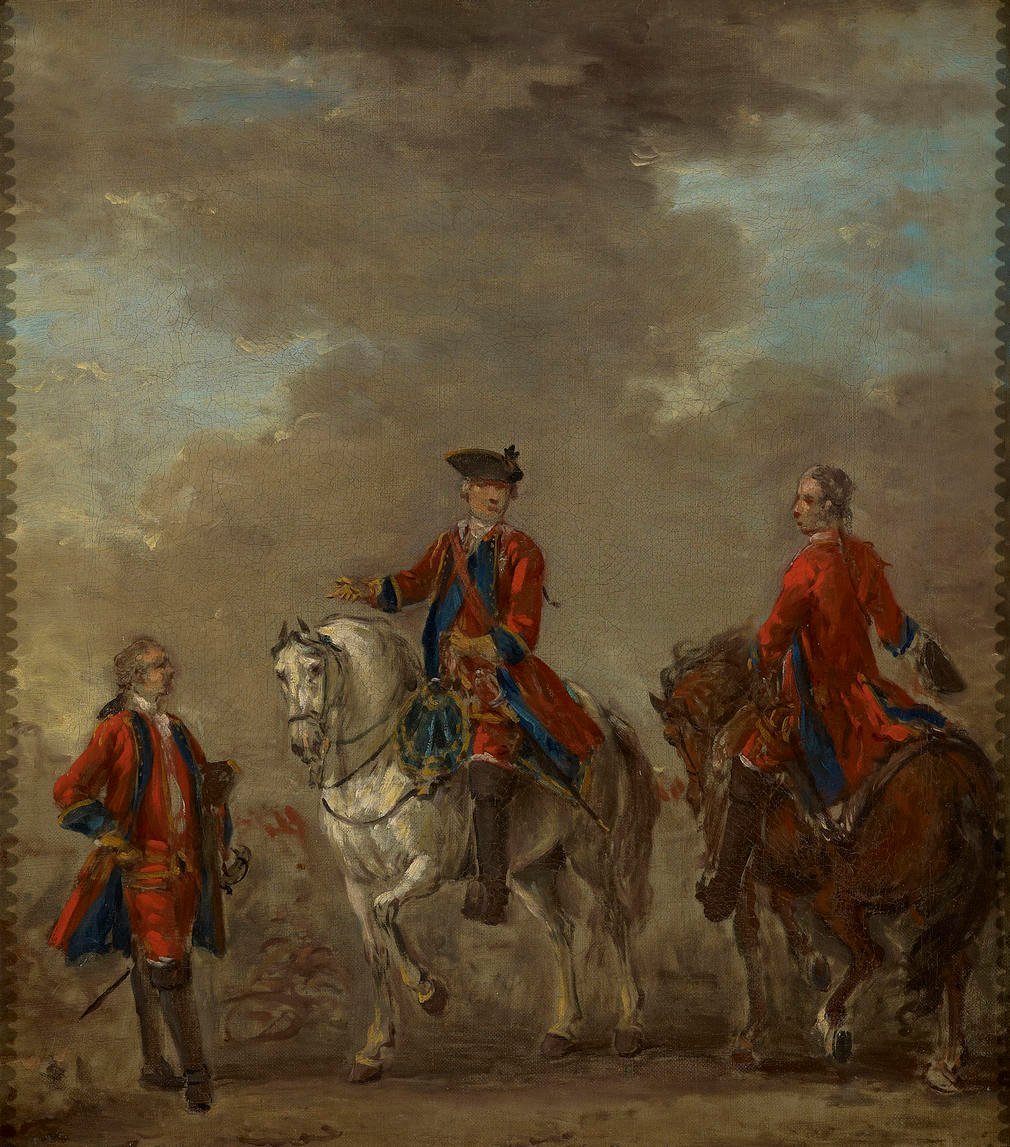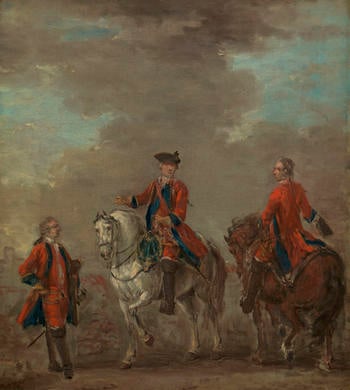
The Early Georgians at War

William Augustus, Duke of Cumberland (1721-1765) ©
Between 1714 and 1760, George I and George II were heavily involved in European conflicts, and their dual status often made for uncomfortable negotiations. The politicians and public of Great Britain were nervous of being dragged into Hanover’s concerns, while Hanover was suspicious of Britain and her priorities on the international stage. British foreign policy was most concerned with rivalry with France; Hanoverian foreign policy sought to counter the menace of neighbouring Prussia’s expansionism.
Within Britain, the Hanoverian succession was challenged by the Jacobites, the supporters of a Stuart claim to the throne. Prince James Francis Edward Stuart (the ‘Old Pretender’) held a rival court in Paris, then Rome, and styled himself King James III. His son, Prince Charles Edward (the ‘Young Pretender’) led the rising of 1745 – 46 to support his father’s cause. Backed by the Catholic powers, France, Spain and the Papacy (who saw a means of riling the Protestant Hanoverians), the exiled Stuarts posed a serious threat to the security of the new monarchy.
